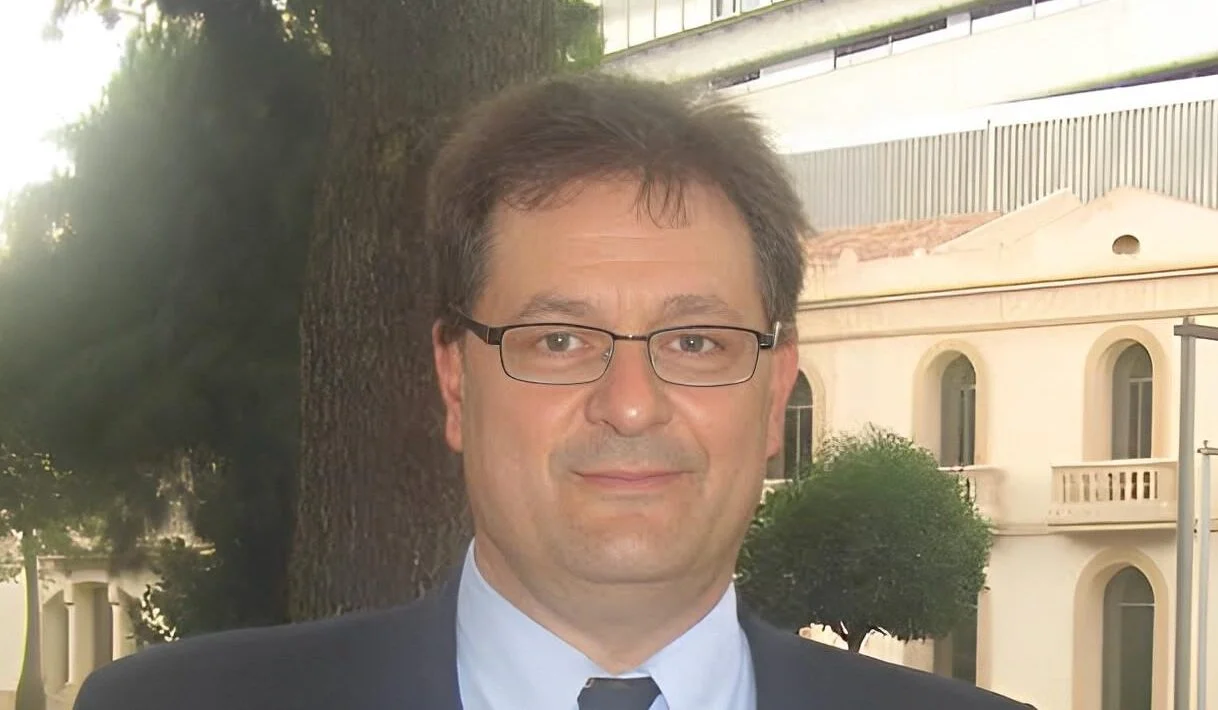Miguel Bronchud, Co-Founder of Regenerative Medicine Solutions, posted on LinkedIn:
“Genes that control the traffic of transcription factors in and out of the cell nucleus, and influence the precise location of DNA in the interphase of eukaryotic cells, might have a great impact on selective gene expression at DNA/RNA transcription processes.
The presence of the nuclear membrane that sequesters the cellular DNA is the defining feature of eukaryotic cells.
The nuclear membrane, therefore, separates the nuclear processes of DNA replication and RNA transcription from the cytoplasmic process of protein production. Proteins required in the nucleus must be directed there by some mechanism.
The first direct experimental examination of the ability of nuclear proteins to accumulate in the nucleus was carried out by John Gurdon (MRC Cambridge University prior to his Nobel Award) when he showed that purified nuclear proteins accumulate in the nucleus of frog (Xenopus) oocytes after being micro-injected into the cytoplasm. These experiments were part of a series that subsequently led to studies of cloning frogs, and nuclear reprogramming, directly relevant to stem cell research.
The presence of several million pore complexes in the oocyte nuclear membrane and the fact that they appeared to admit many different molecules (insulin, bovine serum albumin, gold nanoparticles) led to the view that the pores are open channels, and nuclear proteins freely enter the nucleus through the pore and must accumulate by binding to DNA or some other nuclear component. In other words, there was thought to be no specific transport mechanism.
This view was shown to be incorrect by Dingwall and Laskey in 1982.
Using a protein called nucleoplasmin, the archetypal ‘molecular chaperone’, they identified a domain in the protein that acts as a signal for nuclear entry. This work stimulated research in the area, and two years later the first NLS was identified in SV40 Large T-antigen (or SV40, for short) by Daniel Kalderon (then in his very early years, before his move to Columbia university NY and his subsequent work in Drosophila genetics and stem cells).
Kalderon D, Roberts BL, Richardson WD, Smith AE (1984). “A short amino acid sequence able to specify nuclear location”.
The architecture of the chromosomes is highly dependent on the specific cell type and cell cycle phase.
This is not only key to understanding cellular differentiation but also any carcinogenic changes that lead to abnormal differentiation and de differentiation.
Misteli, T. (2020). “The Self-Organizing Genome: Principles of genome architecture and Function.”

And recent posts here like.”
